-
Car Reviews
- All reviews
- Midsize SUVs
- Small cars
- Utes
- Small SUVs
- Large SUVs
- Large cars
- Sports SUVs
- Sports cars
- Vans
Latest reviews
- Car News
-
Car Comparisons
Latest comparisons
- Chasing Deals
Honda is poised for a two-pronged attack in the medium SUV segment – starting with a roomy Mazda CX-5-sized five-seater called the ZR-V
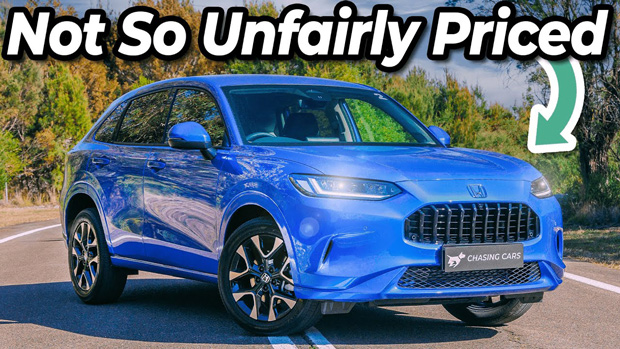
If you ignore the relatively niche CR-Z hybrid sports coupe (2011-13), the ZR-V medium SUV marks the arrival of Honda Australia’s first new mainstream model since the Jazz small car of 2002 – underlining the importance of this brand-new entrant.
Sharing its platform and drivetrains with the impressive 11th-generation Civic, the ZR-V is effectively what North America gets as an HR-V … except that the ZR-V was designed from the outset to be more than just a US-market vehicle.
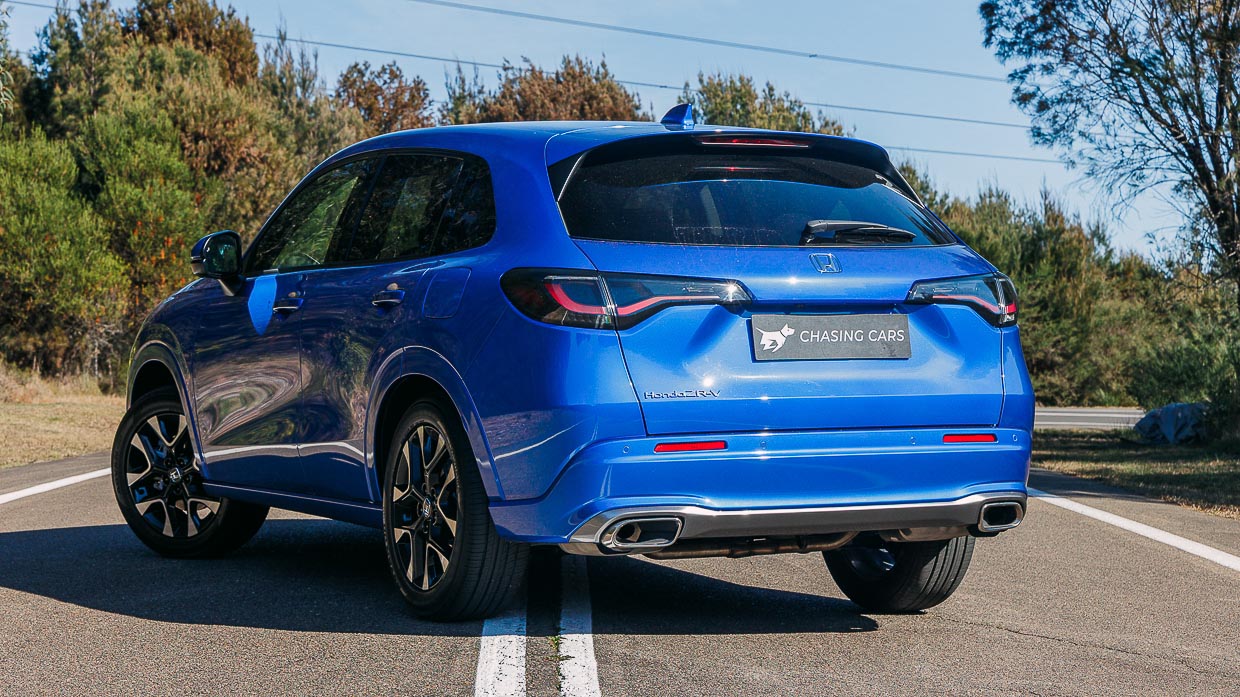
Built in Mexico, China and Japan (for Australian and Japanese consumption, as well as several other markets including Europe), the all-new ZR-V arrives just months ahead of the new-generation CR-V.
The next CR-V is larger than the five-seat ZR-V and will be offered in both five- and seven-seat configurations in Australia.
Yet the difference in size between the two really isn’t that much. At 4568mm long, the ZR-V is around 130mm shorter than the new CR-V – most of which goes into the CR-V’s rear end for greater seating and boot space.
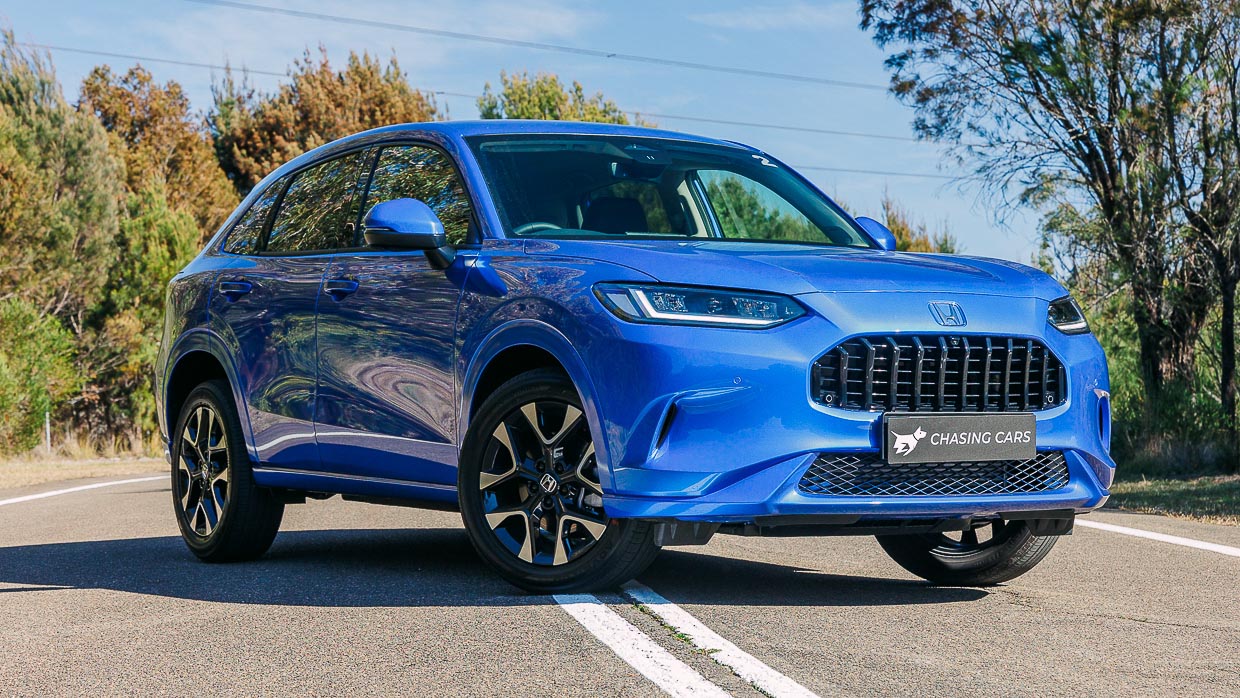
Indeed, the new CR-V and 11th-gen Civic share a 2700mm wheelbase length whereas the ZR-V’s is slightly shorter at 2655mm.
The rest of the ZR-V, however, is pure Civic, including identical drivetrains – 1.5-litre turbo-petrol and 2.0-litre hybrid, both with front-wheel drive.
But Honda Australia offers a broader ZR-V model range than the two-variant Civic – spanning VTi-X ($40,200), VTi-L ($43,200), VTi-LX ($48,500) and e:HEV LX hybrid ($54,900) – all driveaway prices.
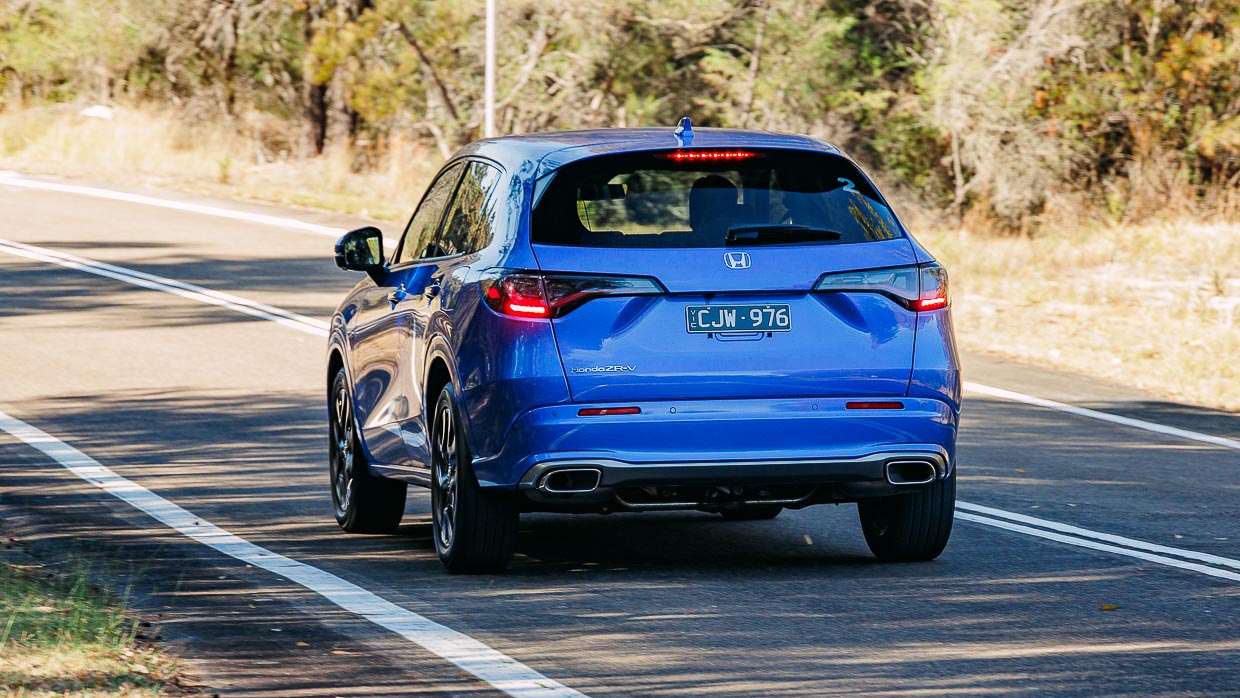
Honda says that apart from the immediately available VTi-X, the delivery time for other turbo-petrol models is currently August, with the top-spec hybrid already stretched out to December.
In the future, more hybrid variants will permeate the ZR-V line-up – as per Honda Australia’s strategy with other models – but for now, four variants should easily be enough to help the ZR-V achieve robust sales success.
Even the most affordable of the four ZR-V variants offered in Australia (the $40K VTi-X) features a comprehensive list of standard equipment. This includes:
The $43K VTi-L adds 18-inch alloys, LED tail-lights, leatherette/fabric upholstery, heated front seats/door mirrors, steering-wheel paddle shifters, electric tailgate with ‘walk away’ closing and rear privacy glass.
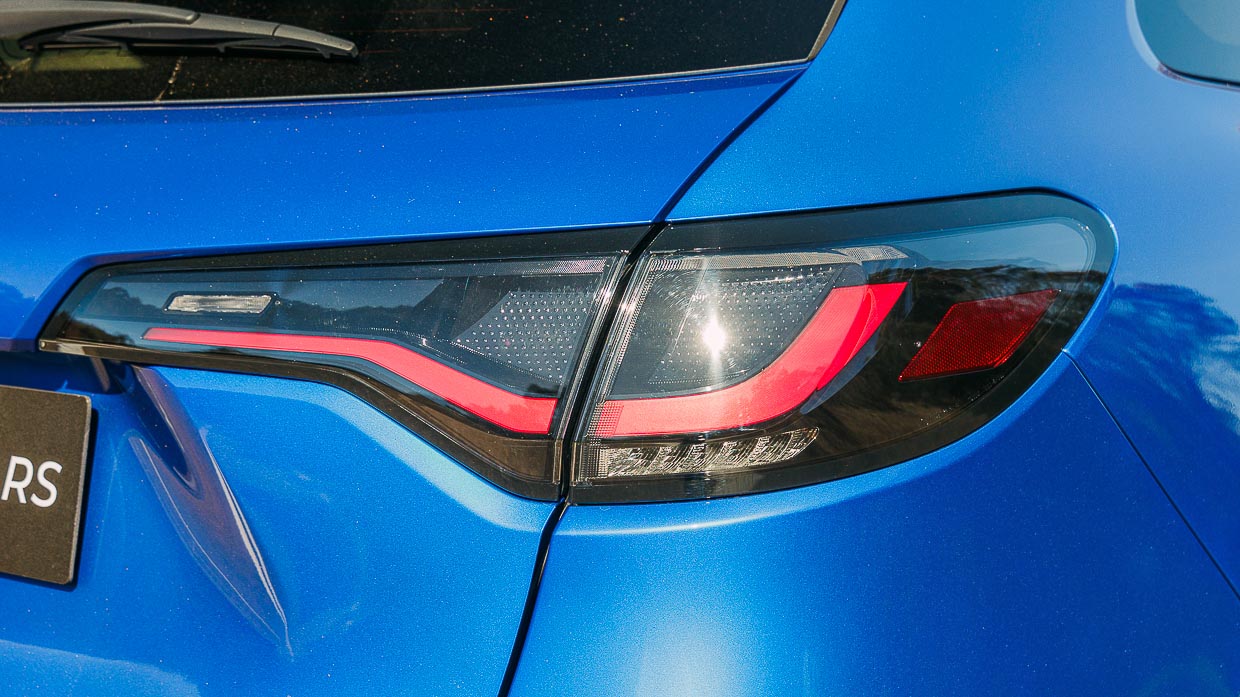
The $48K VTi-LX gains full colour-coding, two-tone 18-inch alloys, Drive Mode select, leather-appointed upholstery, electric front seats with driver’s memory, wireless phone charging, sports pedals, reverse auto-tilt mirrors, a heated steering wheel, door-line illumination and an air purification system.
The $55K Hybrid adds a shift-by-wire push-button gear selector and a humidity sensor, among a handful of other minor inclusions.
Sharing its platform with the current 11th-generation Civic is one of the ZR-V’s greatest assets, seeing the Civic is such a brilliant handler with loads of driver engagement.
The smaller HR-V, on the other hand, rides on a Jazz platform with a torsion-beam rear end and doesn’t come close to offering the ZR-V’s suave combination of handling balance and suspension absorbency.
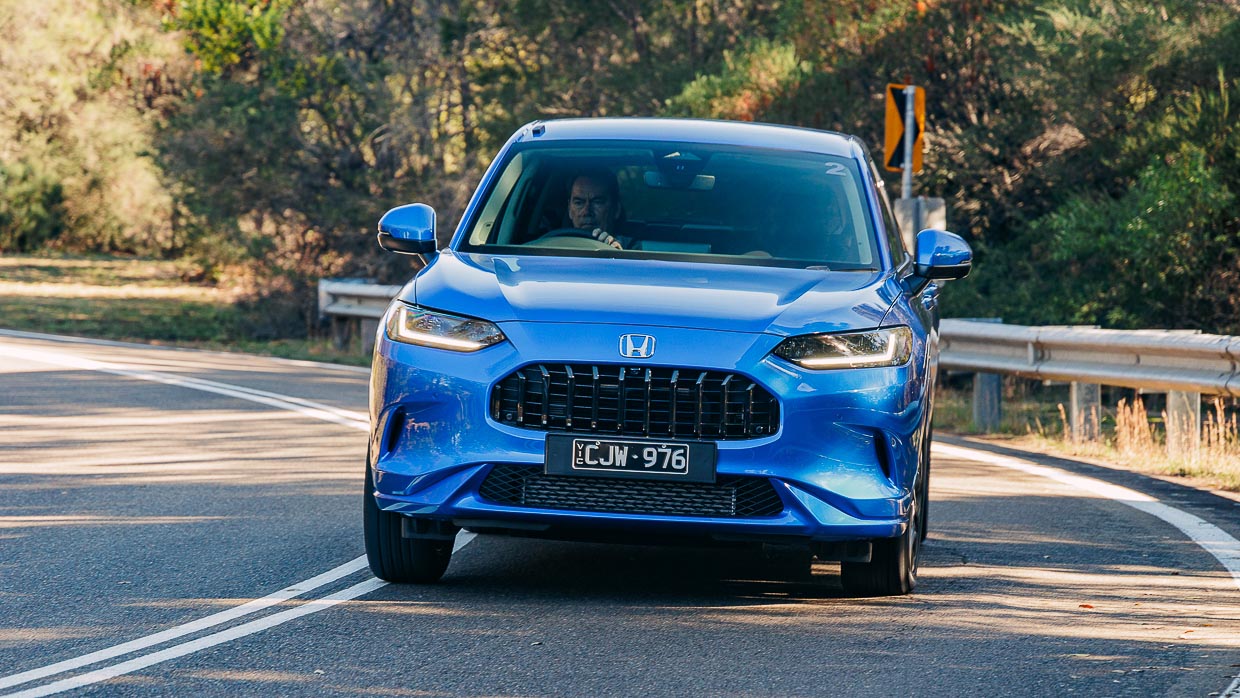
Featuring struts up front with an aluminium subframe and multi-link independent rear suspension attached to a new rubber-mounted subframe, the biggest difference between the Civic and ZR-V (and the smaller HR-V, for that matter) is just how much better the ZR-V rides.
Its greater suspension travel allows the ZR-V to breathe over bumps and road undulations, with the base VTi-X (wearing 215/60R17 Yokohama Advan dB tyres) offering slightly more ride compliance than the other models wearing same-brand tyres in a 225/55R18 size.
And the ZR-V is quiet, too, with subdued levels of road and tyre noise befitting its size and price point.
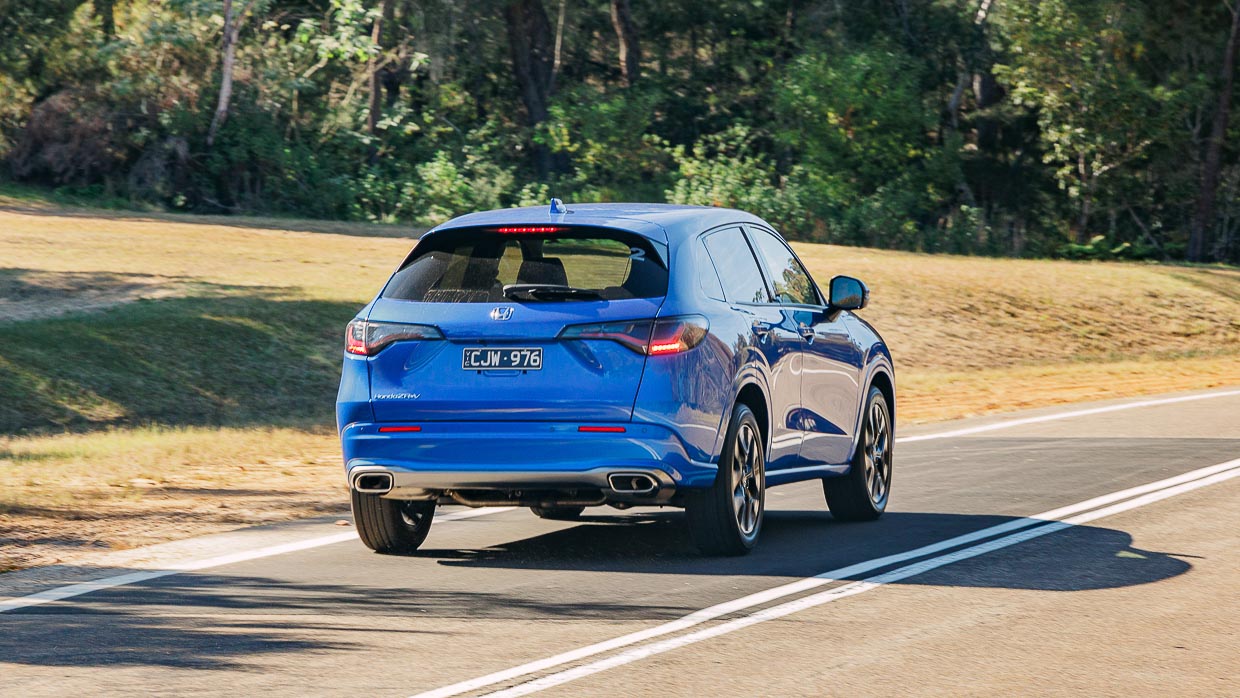
The VTi-X tends to spin its front tyres more easily from a brisk standing start than its siblings, however, and its one-setting steering (a dual-pinion electric set-up) lacks the weighting firmness and feedback to properly complement its keen, sweetly balanced handling.
In Sport mode, the test VTi-LX’s steering proved much more suitable to the ZR-V’s dynamic talents, and even felt preferable in Normal mode.
While this medium SUV lacks the supreme poise and mid-corner pivot of its Civic hatch relative, its ride and refinement improvements definitely compensate.
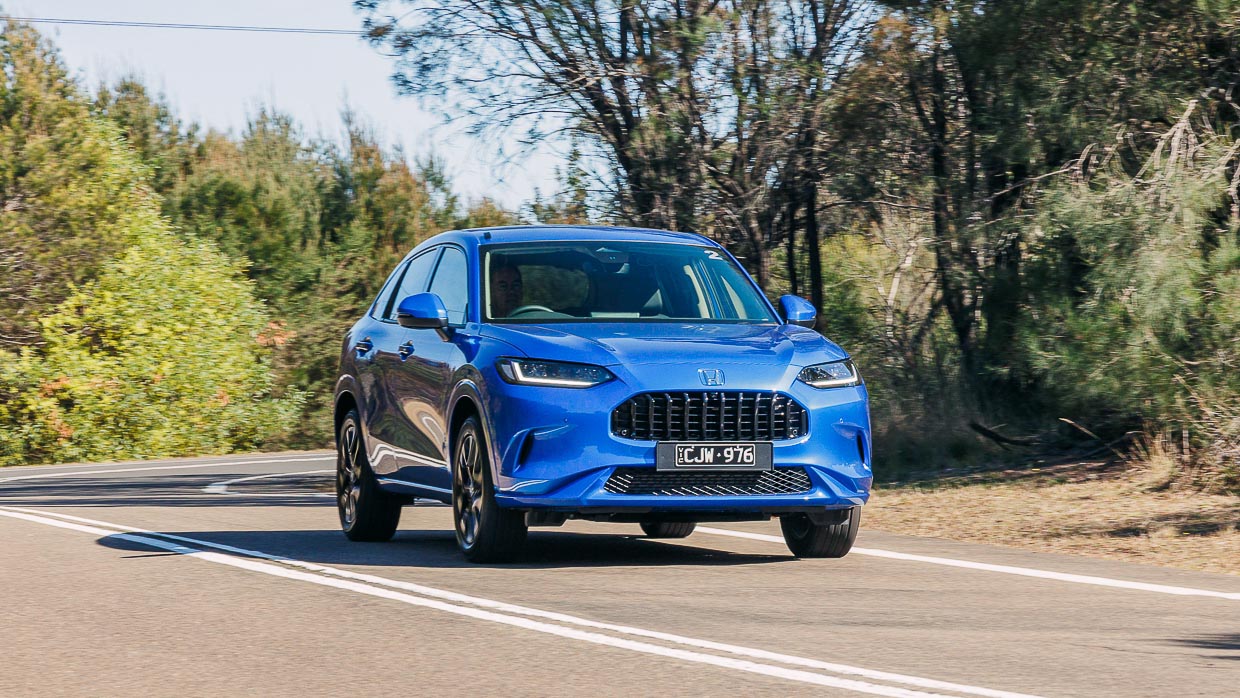
Performance wise, the 93kg-heavier ZR-V fails to make much of an impact on the strength of Honda’s torquey 1.5-litre turbo-petrol four-cylinder.
Thanks to the engineering changes made to the 11th-generation Civic, this effective yet relatively uninspiring engine finally mates well with its CVT transmission – making for a mostly pleasant driving experience.
Offering 131kW at 6000rpm and a robust 240Nm from 1700-4500rpm, it’s more than capable of meeting most demands … but is easily outclassed by the 135kW/315Nm 2.0-litre Atkinson-cycle four-cylinder hybrid.
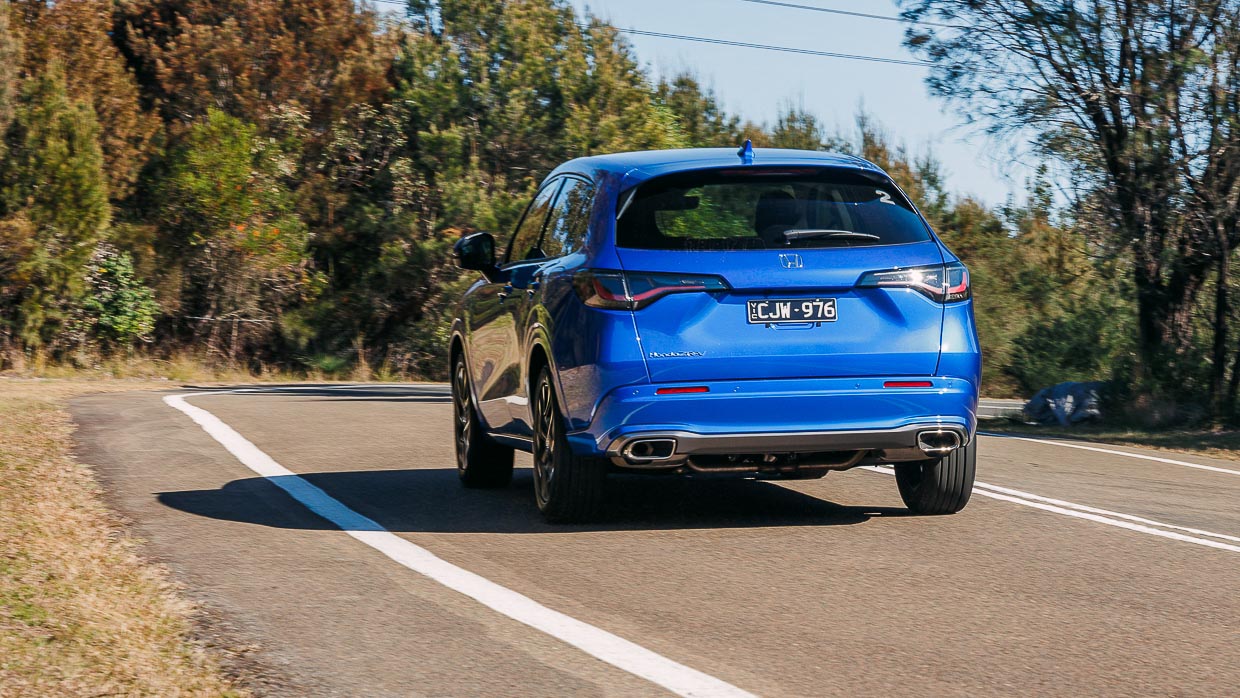
Despite weighing an additional 116kg, the Hybrid outperforms the turbo-petrol (the European 0-100km/h claim in 8.0 seconds) and combines both the crisp silence of electric motoring with the sweet-spinning zing of a traditional Honda four-cylinder engine.
The hybrid is easily the more cultured drivetrain of the two, with an inherent sophistication that exudes expense.
Both drivetrains share a strong braking package – 312mm ventilated discs up front, 310mm solid discs at the rear – though the petrol models offer two alternatives for engine braking.
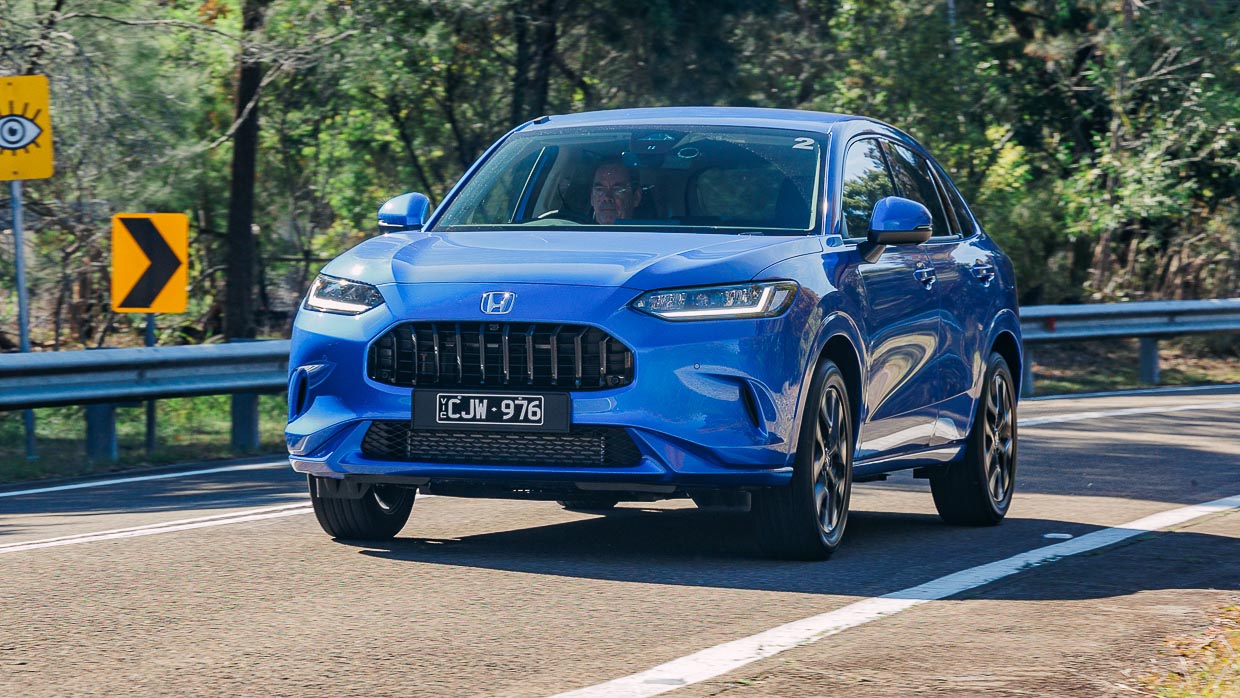
Without drive modes, the VTi-X transmission selector offers D, S (for Sport), and L (for Low) – the latter doing a terrific job of engine braking.
The VTi-L and VTi-LX simply get D and S because they include steering-wheel shift paddles to help with engine braking (or holding ‘gears’), with the transmission’s Sport mode preventing engine revs from falling below 2000rpm (as per Civic) to enhance throttle response.
The ZR-V’s Civic-inspired cabin is similar to its hatchback cousin in overall flavour, yet quite different in detail.
There’s the crisp 10.2-inch digital instrument pack, excellent climate-control switchgear, lovely button feel, full-width honeycomb dash inlay disguising the air vents, and an easy-to-use 9.0-inch touchscreen with wireless Apple CarPlay and wired Android Auto.
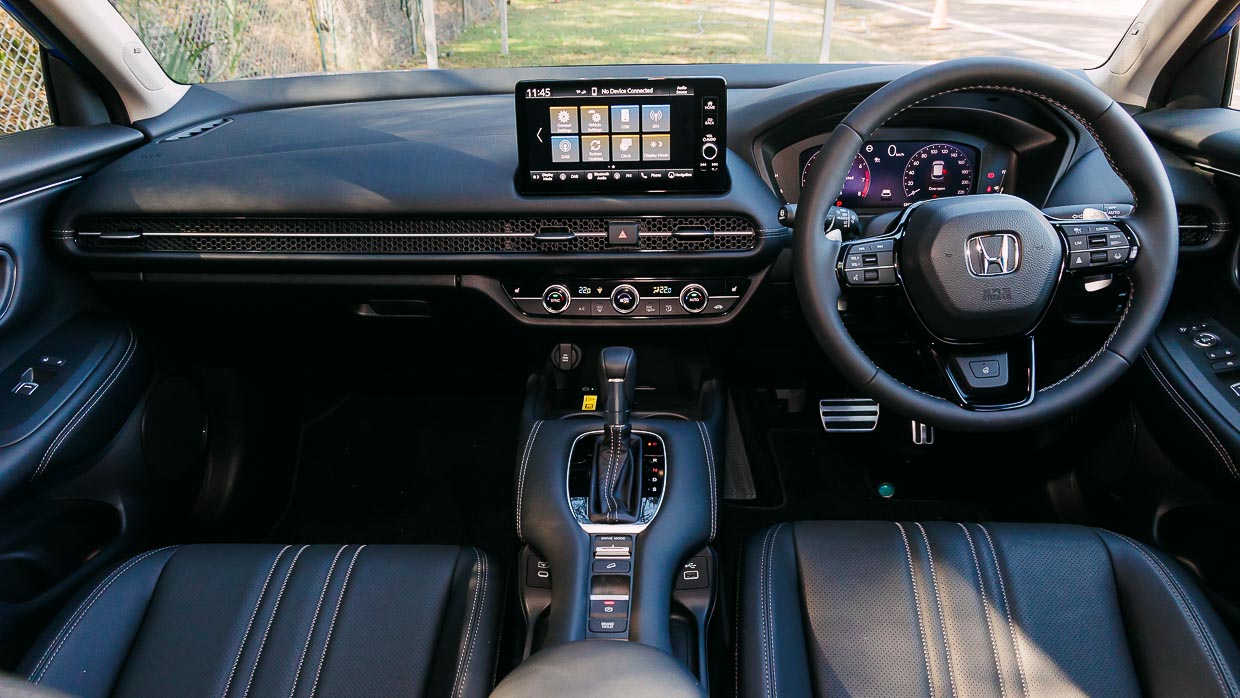
The VTi-X and VTi-L audio systems get eight mediocre speakers, whereas the LX models get a far-superior 12-speaker Bose set-up.
Yet the ZR-V’s air-vent knobs aren’t the lovely toggles that ‘click’ when they’re centred like in the Civic (and new-gen CR-V) – they’re flat plastic blades that prove more difficult to directionally adjust.
And the rest of the interior is a little ‘bitsy’ – from the differing dash-top surfaces to the bulky, overstyled door trims that look dated and offer minimal storage.
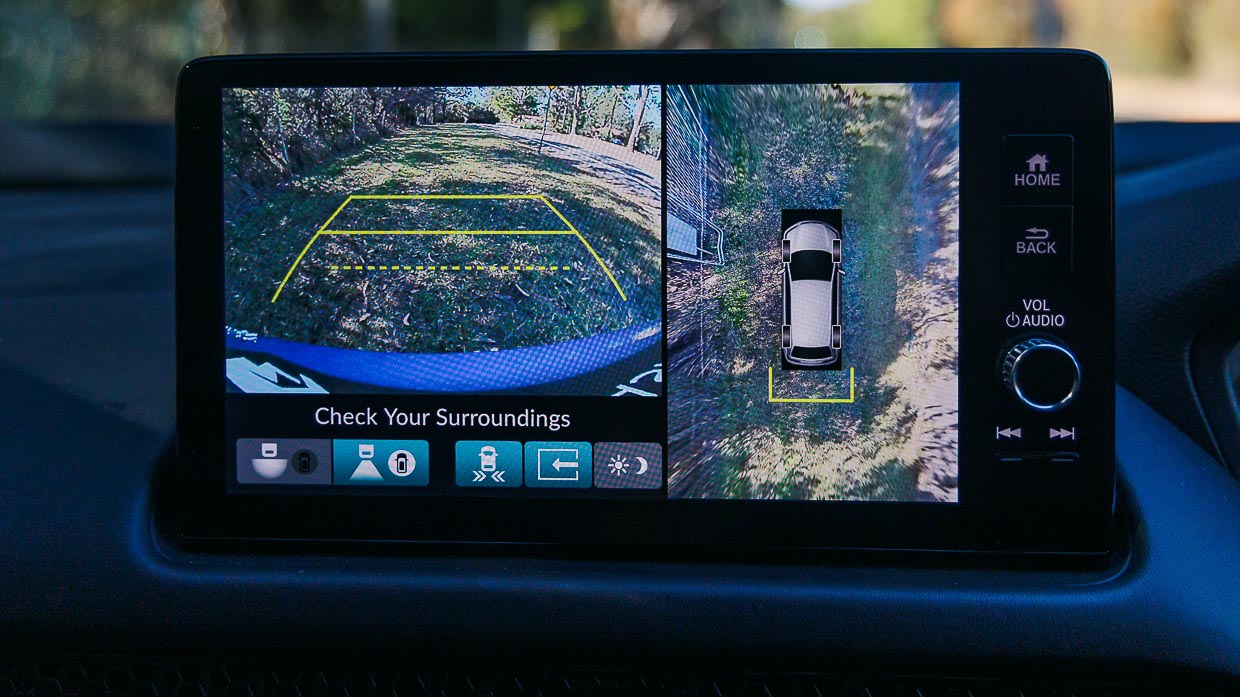
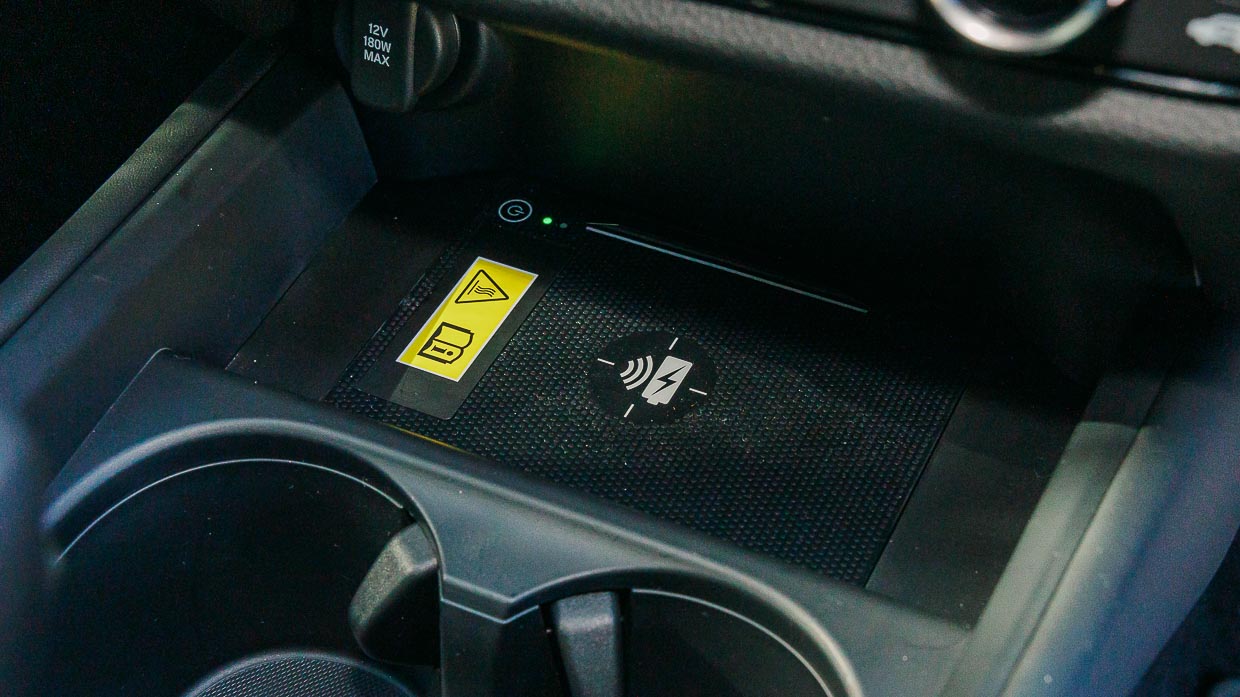
The wireless charging pad (in LX variants) is well-located though – as are the USB-C and USB-A ports – and the rubberised tray housed in the centre-console tunnel is useful for small items you don’t want to slide around.
In terms of driving position, the electric-seat VTi-LX and Hybrid LX are noticeably more comfortable – offering greater under-thigh support for the driver (thanks to eight-way adjustment, plus memory), as well as perforated leather trim.
Yet the passenger still only gets four-way adjustment, meaning nothing for height. Most rivals long ago moved to adopting passenger seats nearly as adjustable as the driver’s – if not quite.
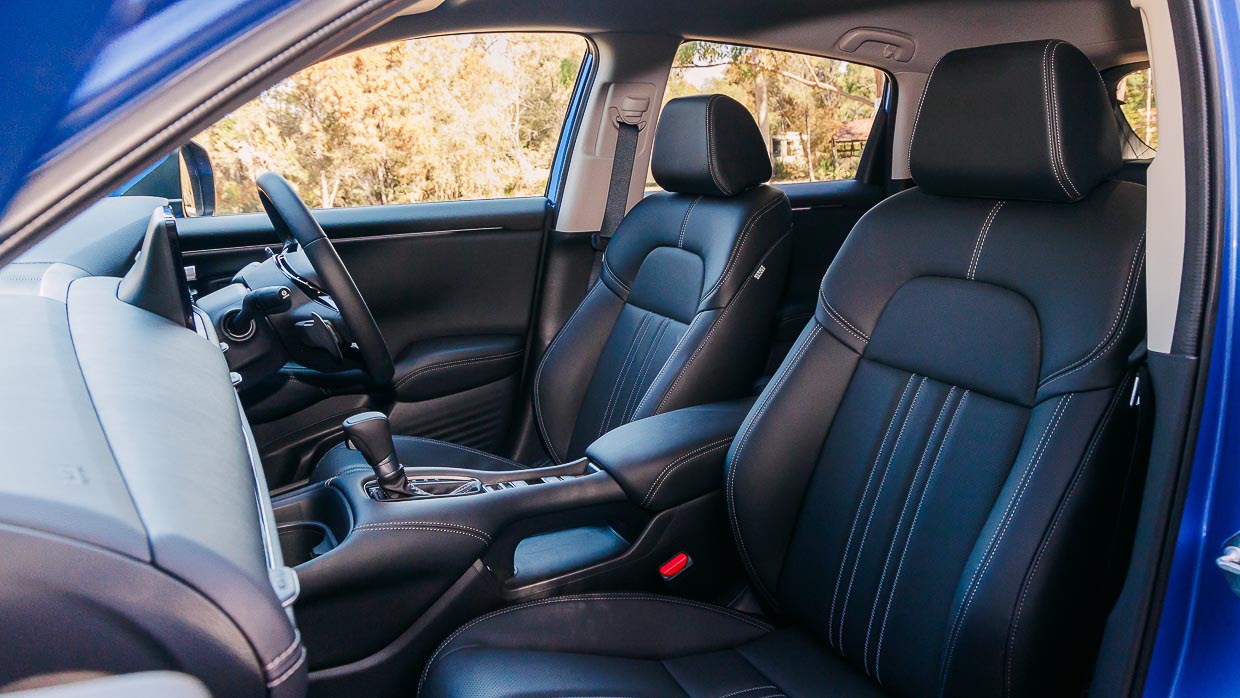
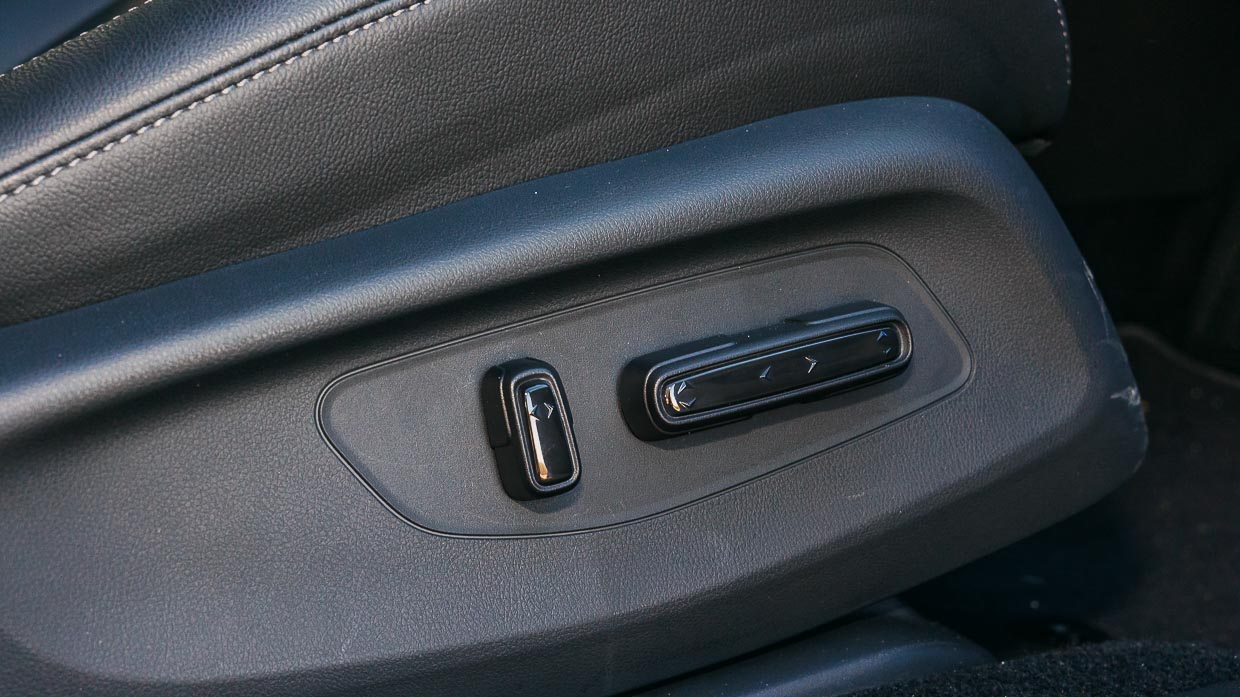
The light-grey, faux-plaid ridged cloth trim in the base VTi-X is actually quite lovely, though with only basic manual lever adjustment and no cushion tilt for the driver, it isn’t as form-fitting as upper-spec ZR-Vs.
As for the rear seat, there’s loads of headroom (Australian ZR-Vs aren’t available with a sunroof, for some reason) as well as legroom, but toe room under the height-adjustable driver’s seat can be quite tight, and the cushion’s under-thigh support is only average.
Overall vision is good, and there’s a pair of USB-C ports beneath the centre air vents, though the rear door trims are similarly out-of-sync like the front pair, with inadequate storage and bulky styling. They do get a small tray in the centre, however, instead of being open like up front.
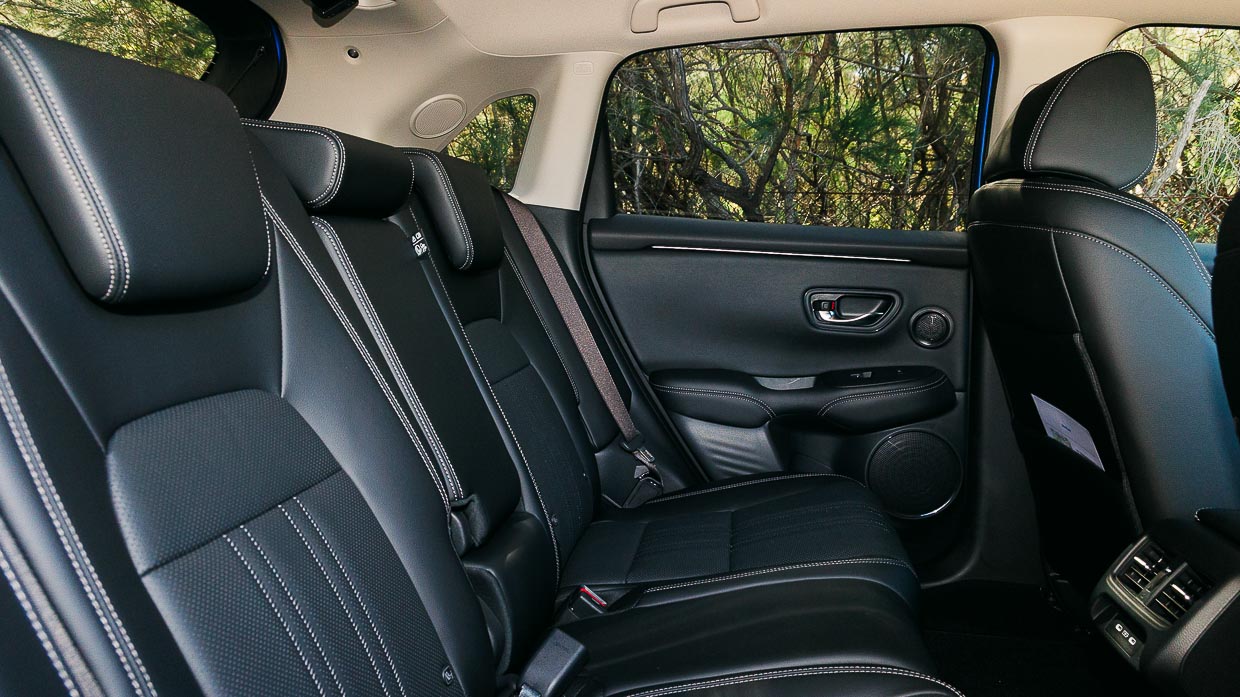
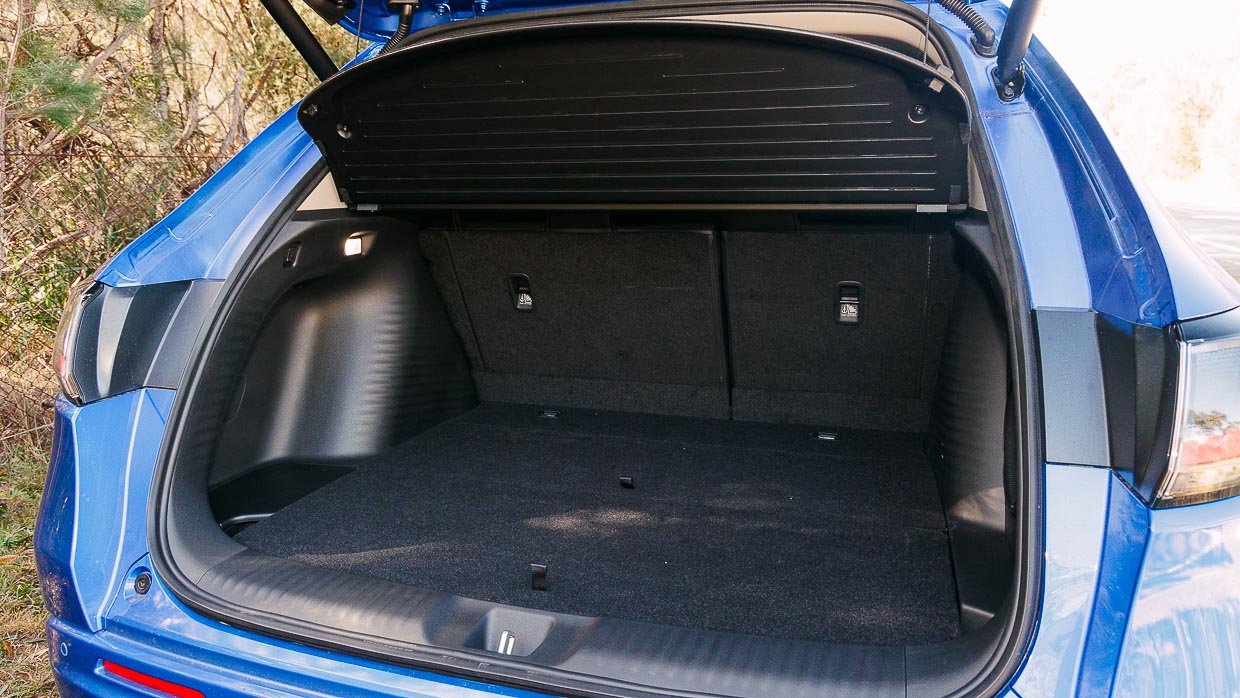
Yet there’s no ‘Magic Seat’ flexibility – the ZR-V’s rear bench is fixed in place, though it does lower slightly with the 60/40 backrest for a near-flat floor when folded and 1302 litres in total for the LX models.
Despite being visually quite accommodating, seat-up boot space is below-average in volume – 380 litres in VTi-X/VTi-L, and 370 litres in LX variants, with all petrols featuring a 17-inch steel space-saver beneath the floor.
The hybrid only gets a tyre inflation kit due to its battery placement.
The Honda ZR-V is yet to be independently tested by any global NCAP organisation, however Honda Australia expects it to receive a five-star rating.
In our extensive testing, the adaptive cruise control proved highly effective, both at smoothly maintaining a set distance as well as holding the set speed up and down hills.
The Road Departure Mitigation can be a little over-keen if not set to ‘delayed’, but once that has been selected, the ZR-V’s lane-keeping safety systems proved relatively unobtrusive and effective.

‘Honda Sensing’ is standard on all four variants and includes:
The top-spec VTi-LX and e:HEV LX additionally include a blind-spot information system, rear cross-traffic alert and a 360-degree multi-view camera.
The ZR-V VTi-LX turbo-petrol’s official combined fuel consumption figure is 7.2L/100km – which is identical to figure we averaged in moderate city and freeway driving.
Our overall test average, however, was 9.0L/100km, including busy freeway and brisk city driving. The ZR-V’s recommended fuel is 91 octane regular unleaded.
As for the Hybrid, its combined fuel consumption figure is 5.0L/100km whereas we averaged 5.2L/100km over a 90km leg on the launch drive.
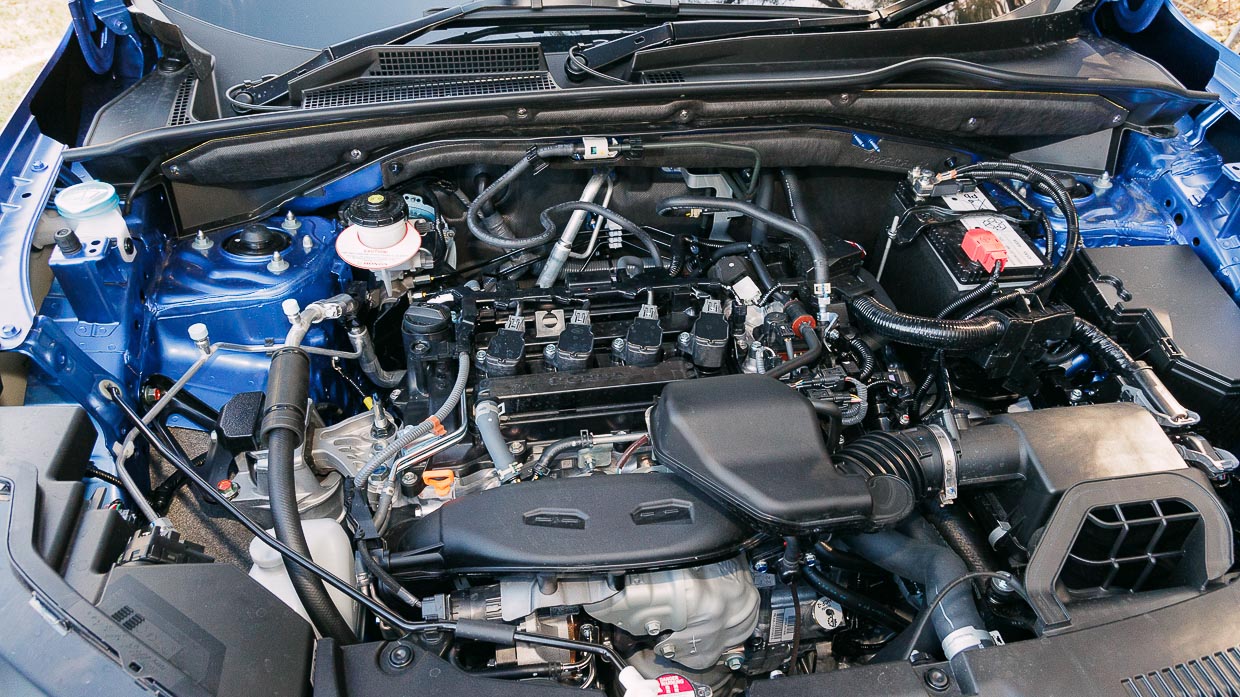
Recommended service intervals for the ZR-V are every 12 months or 10,000km, with its five-year/50,000km servicing cost totalling an impressive $995.
However, its distance interval of just 10,000km per service is 5000km less than the class norm.
Honda Australia’s warranty is five-year/unlimited kilometres, combined with a six-year rust and perforation warranty. The Hybrid also includes an eight-year warranty on its drivetrain system.
Apart from its less-than-exciting colour palette and some relatively low-class detailing (such as the excess of colour coding on up-spec models and the cheap appearance of the rear tailgate badging), the ZR-V argues a strong case for itself.
It combines a handsomely individual overall shape and effective packaging with surprising value-for-money to make it a genuine medium SUV contender.
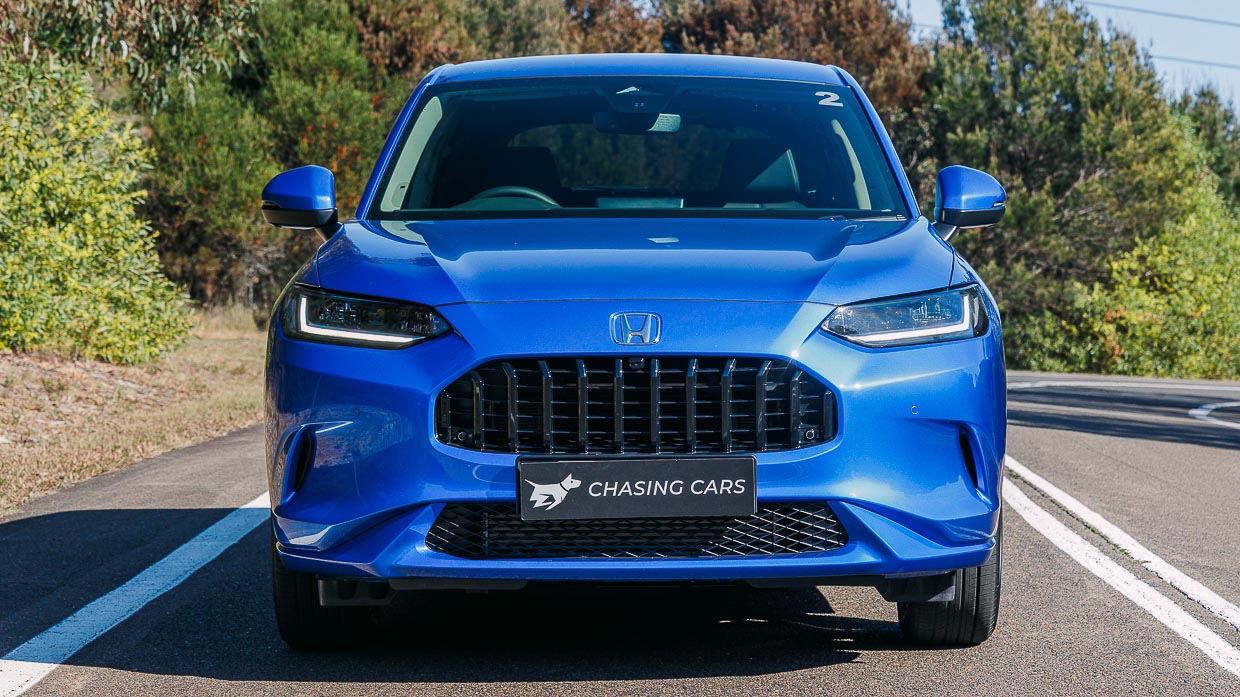
Only its average boot space lets down, though for Honda customers chasing maximum utility, the forthcoming new-gen CR-V will fill that niche nicely.
Where the ZR-V succeeds best, however, is in the way it drives.
It feels poised and polished – particularly the VTi-LX with its more sporting steering tune – with even the base VTi-X proves to be a terrific driver’s car.
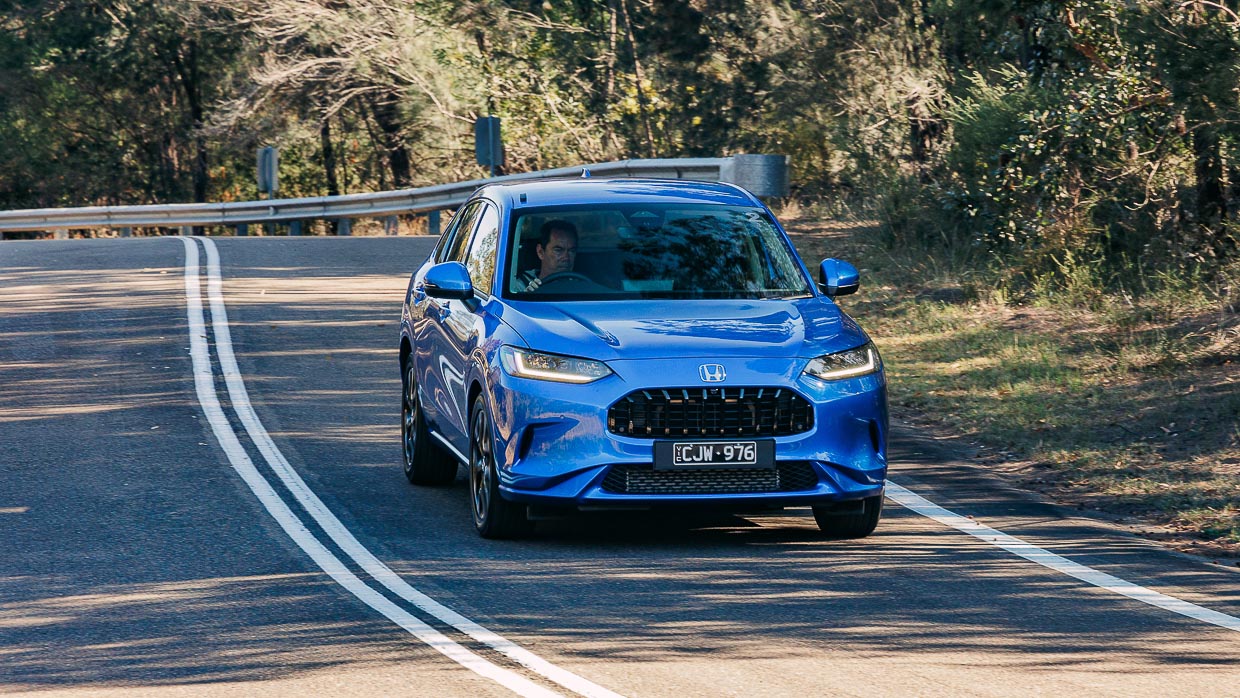
Yet it’s the super-slick, incredibly efficient e:HEV LX Hybrid that ultimately steals the show.
The Hybrid may be relatively expensive compared to the similarly equipped VTi-LX turbo-petrol but it adds plenty to the ZR-V’s overall allure.
Once Honda starts to introduce the hybrid drivetrain to lower-spec models, then the ZR-V will truly offer a premium level of appeal.
Key specs (as tested)
About Chasing cars
Chasing Cars reviews are 100% independent.
Because we are powered by Budget Direct Insurance, we don’t receive advertising or sales revenue from car manufacturers.
We’re truly independent – giving you Australia’s best car reviews.
The estimate provided does not take into account your personal circumstances but is intended to give a general indication of the cost of insurance, in order to obtain a complete quote, please visit www.budgetdirect.com.au. Estimate includes 15%^ online discount.
^Conditions Apply
Budget Direct Insurance arranged by Auto & General Services Pty Ltd ACN 003 617 909(AGS) AFSL 241 411, for and on behalf of the insurer, Auto & General Insurance Company Limited(ABN 42 111 586 353, AFSL 285 571).Because we don’t know your financial needs, we can’t advise you if this insurance will suit you. You should consider your needs and the Product Disclosure Statement before making a decision to buy insurance. Terms and conditions apply.
Indicative quote based on assumptions including postcode , 40 year old male with no offences, licence suspensions or claims in the last 5 years, a NCD Rating 1 and no younger drivers listed. White car, driven up to 10,000kms a year, unfinanced, with no modifications, factory options and/or non-standard accessories, private use only and garaged at night.
^Online Discounts Terms & Conditions
1. Discounts apply to the premium paid for a new Budget Direct Gold Comprehensive Car Insurance, Third Party Property Only or Third Party Property, Fire & Theft Insurance policy initiated online on or after 29 March 2017. Discounts do not apply to optional Roadside Assistance.
2. Discounts do not apply to any renewal offer of insurance.
3. Discounts only apply to the insurance portion of the premium. Discounts are applied before government charges, taxes, levies and fees, including instalment processing fees (as applicable). The full extent of discounts may therefore be impacted.
4. We reserve the right to change the offer without notice.